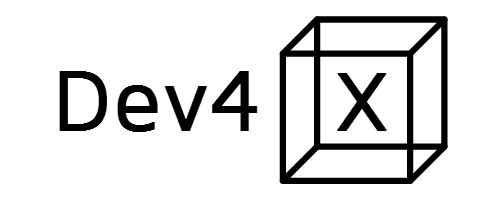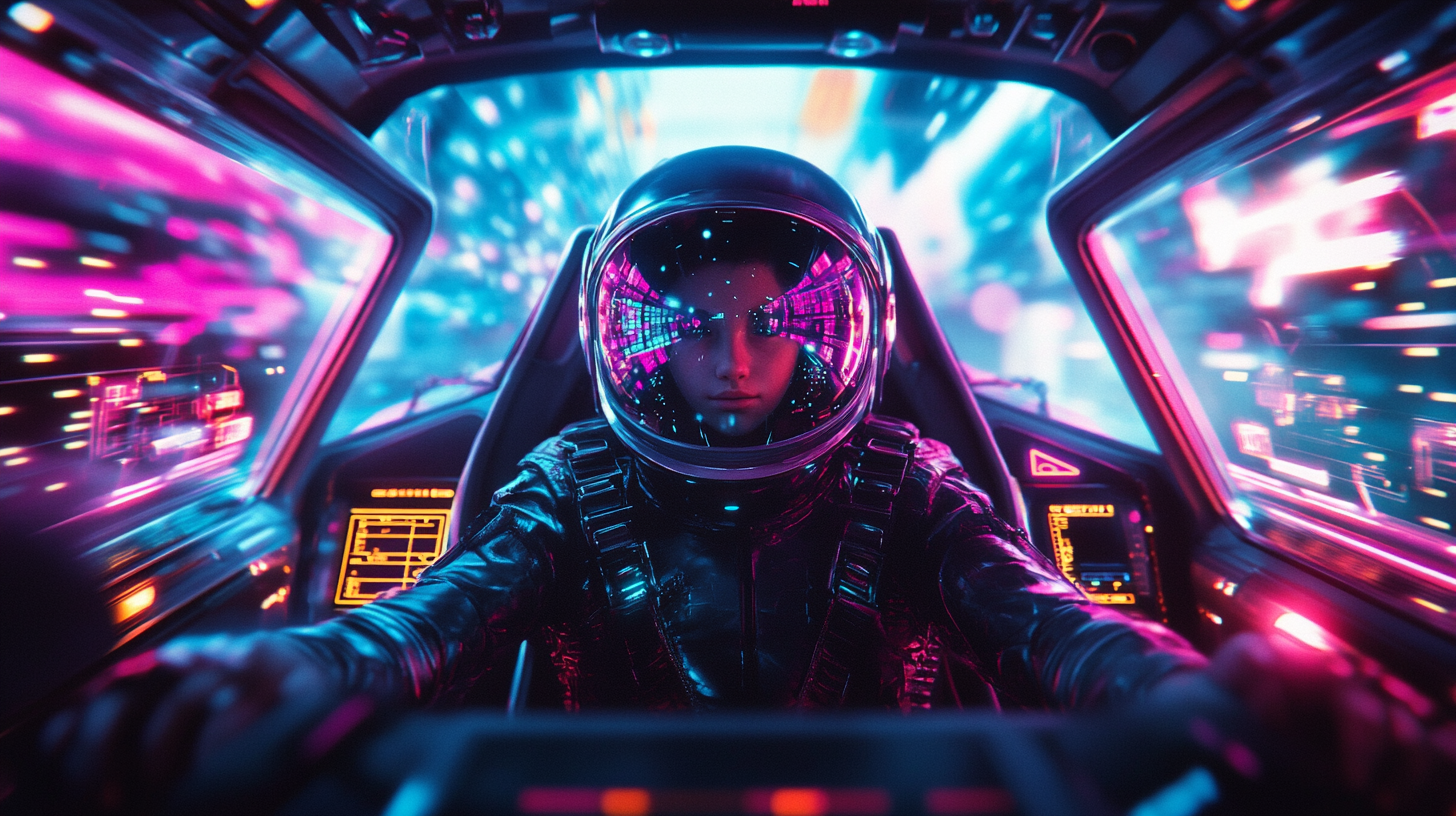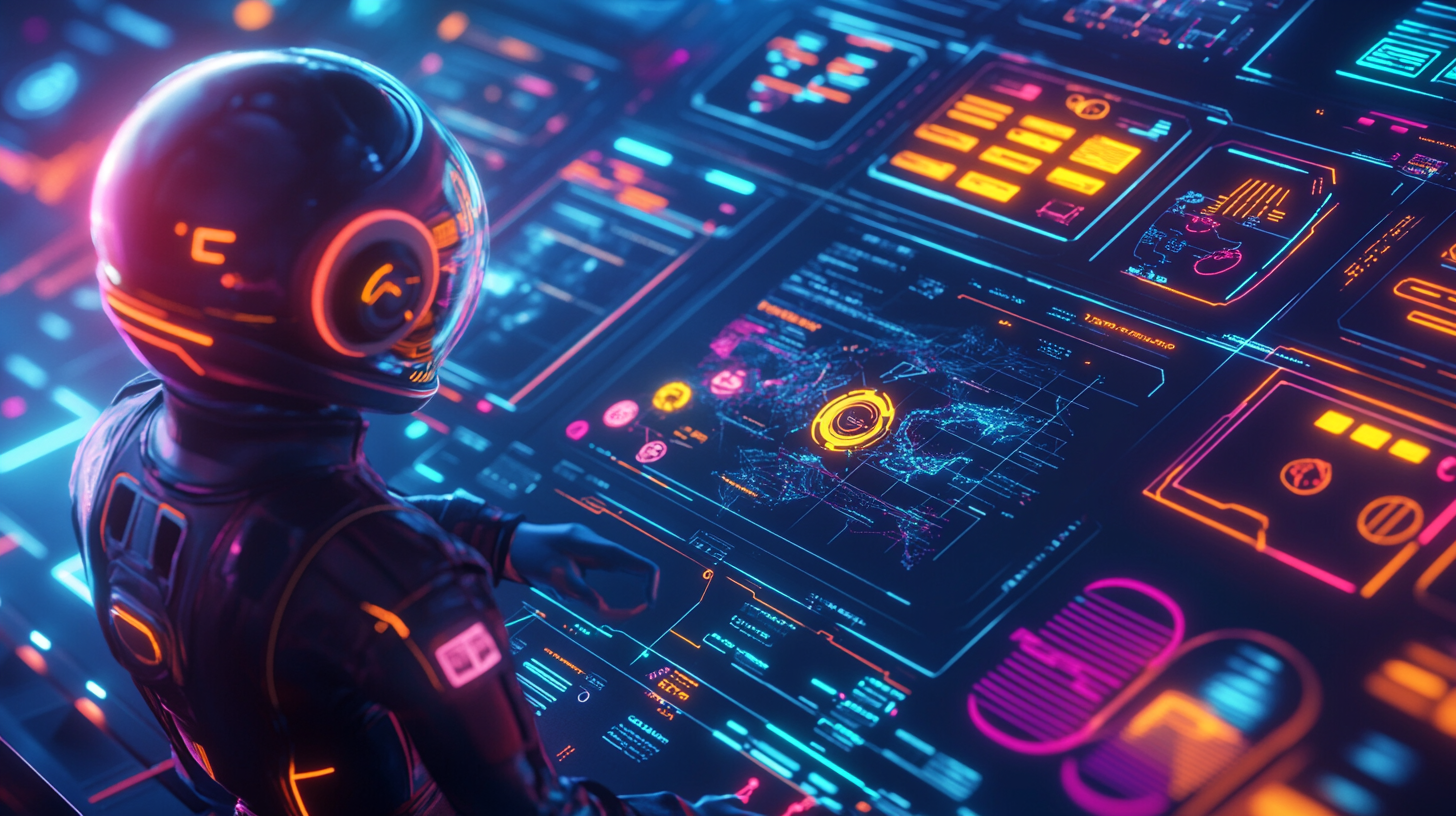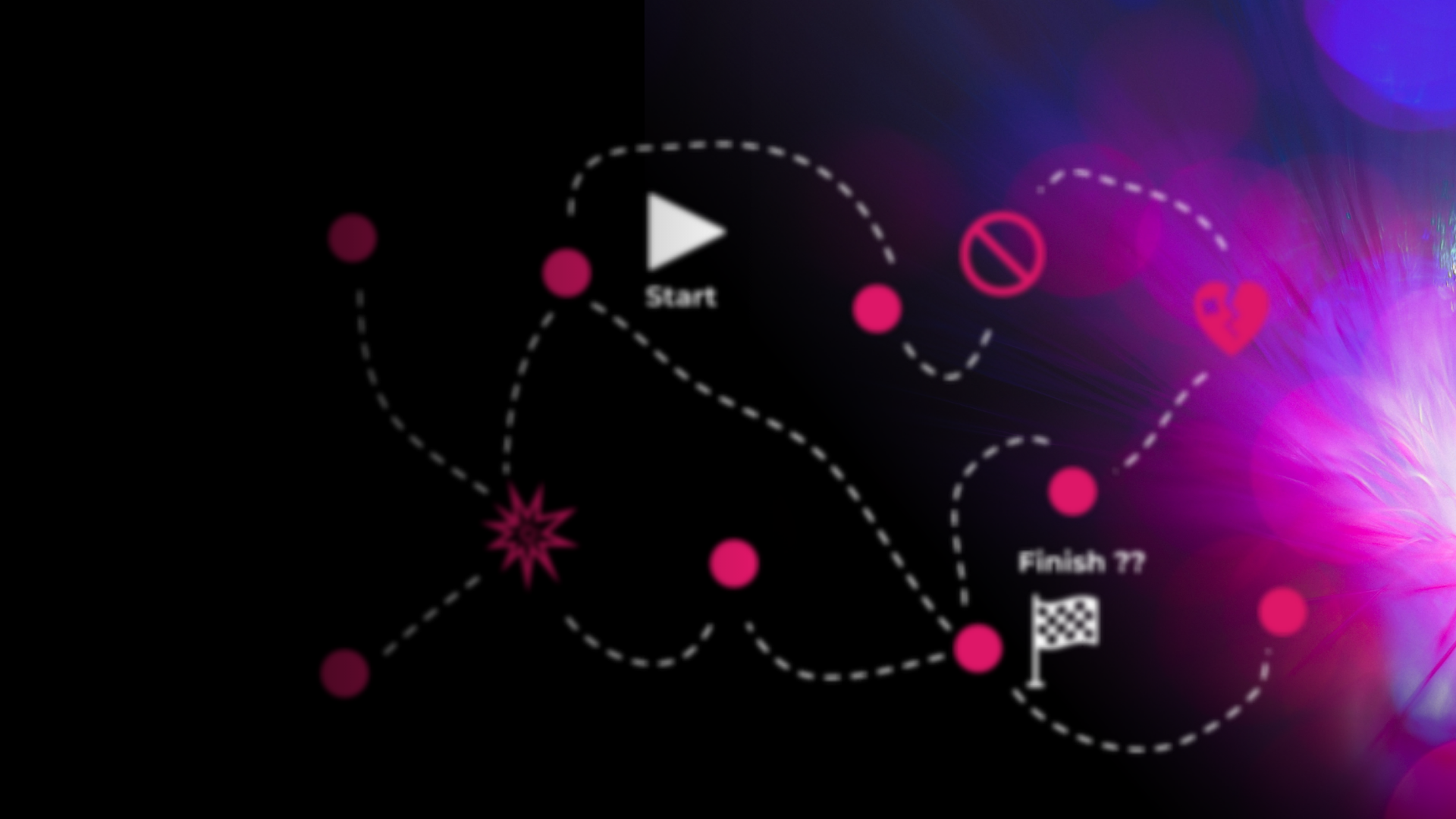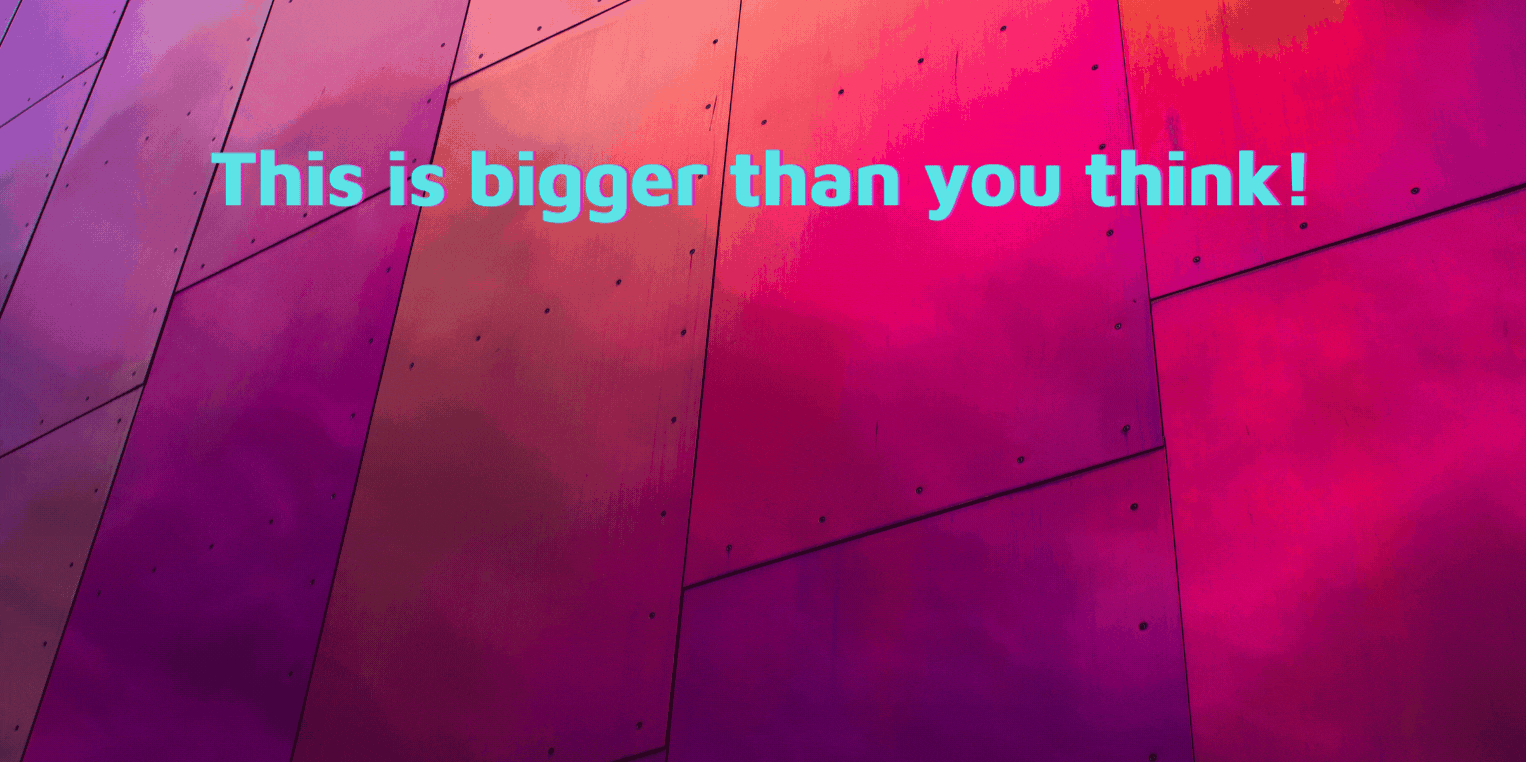Engine 3 turns learning into action. Forget clunky job boards—we use vector spaces to match learners to jobs, projects, and more with pinpoint precision. The InginiOS App simplifies it all, linking skills to opportunities in real time. The built-in decentralized Marketplace ditches bloat for a ‘Float’—redirecting $1.5 trillion in wasted resources to fund learning and reward mastery.
Engine 2 ditches the outdated maze of standardized tests for a dynamic, real-time Proof of Learning Protocol. Learners earn points—Explore to Mastery—through videos, projects, and peers, tracked by open, adaptive algorithms. Points fuel Open Verifiable Credentials: blockchain-secured, evolving badges that prove skills instantly. All in a transparent, gamified system that grows with you. This isn’t just validation; it’s recognizing what you really know.
Say goodbye to one-size-fits-all education. Engine 1 redefines learning with a dynamic, real-time system that crafts personalized paths for every learner. Forget rigid curriculums—Material Modulation breaks knowledge into remixable blocks, Global Scale Modulation transforms vast resources, and a 'Google Maps for Learning' guides you to your goals. It’s learning that fits you, connecting mastery to real-world impact. It’s personal.
Imagine education and workforce development as intuitive as your GPS—guiding learners like refugees, professionals, and students to their goals with precision. No more outdated systems or endless intermediaries. Through a first-principles rethink, I write about three engines: personalized learning paths, real-time skill validation, and seamless opportunity matching—all in a system built for you, not itself. This isn’t just an upgrade; it’s a revolution turning B.L.O.A.T. into F.L.O.A.T. Ready to navigate the future? The engines are humming.
Over 150 years ago, we built a system to mass-produce factory workers. Today, it’s a bloated maze of middlemen—curriculum designers, credentialing bodies, HR gatekeepers—standing between you and your goals. Why are we still running this 19th-century assembly line in a digital world? I asked learners outside this mess what they really need. Spoiler: it’s not faster horses. It’s a complete rethink—and that’s exactly what’s coming.
It's humbling to be confronted with a truth that is so self-evident and yet so far from what we know to be true. But what we KNOW and what is TRUE may not always agree.
DO YOU WANT TO JOIN ME ON A PRETTY COOL PROJECT?
I’ve been building a "Google maps" for learning using various methods, and I'd like to test out another method, This time with a clear and pretty easy-to-develop initial MVP. I'm looking for a Machine learning engineer and someone with Front end development experience, to join me and some others in this pretty fun little project, that could go far!
Here is a recent guest lecture I gave on open innovation, the Learning map, the Doing map, and how they helped my daughter fix her paralyzed arm. This is a shortened version of the lecture that covers the main points.
If we can openly share all the things we have learned, and then share all the things we can do with what we have learned, we can rapidly accelerate the good we can do in the world. This is a guest lecture I gave over zoom at the L'École LDLC University. I hope you can find some inspiration here.
For 25 years I’ve suffered from cluster headaches. Several years ago I found a way to stop them, which is when I originally posted this. Since then many people have read this, tried the same, and successfully stopped their headaches.
The story of how my 5-year-old daughter and I built a robotic exoskeleton for her paralyzed arm. After learning there were no treatments we could afford, and only a 2% chance of recovery, we decided to leverage Open Social Innovation to build our own solution. A year later, leveraging the collective intelligence of experts around the world we built an exoskeleton, 100X cheaper, 10X lighter, and one that enabled her motor neurons to repair themselves! Today she can move, unassisted and has recovered 60% of her strength! This is our story:
